- Best Price Guaranteed
- Flexible Rescheduling
- Under 2's Go Free
- SEA LIFE, Seahorse Kingdom
Discover our seahorses & relatives
Here at SEA LIFE London we have a few different species of seahorses and closely related species.
As members of the same family they share some interesting traits; their jaws are fused to form a straw-like snout, instead of scales they have thin skin stretched over a series of bony plates and they are slow swimmers.
Discover more about these creatures below!
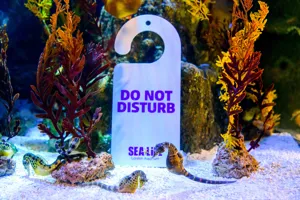
Pot-bellied Seahorse
Also known as the Bigbelly Seahorse, this species of seahorse are known for their very big 'bellies'. This species is one of the largest seahorse species in the world, with a length of up to 35 cm.
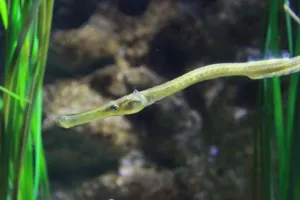
Pipefish
Pipefish are masters of disguise; their slim, elegant bodies look just like the seagrasses and seaweeds in which they live.
Like Seahorses and Seadragons they prey on tiny plankton which they suck up food through their straw-like snouts at lightening speed. Look for the tell-tale puff of shredded shell from their gills when they've just caught a tasty morsel!
Did you know?
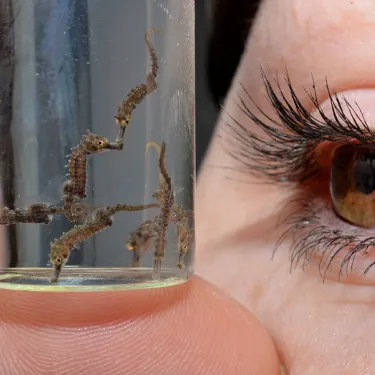
Babies!
Did you know most Seahorses are monogamous and often stay with their mate for life? Staying with one partner per mating season allows them to have more reproductive success!
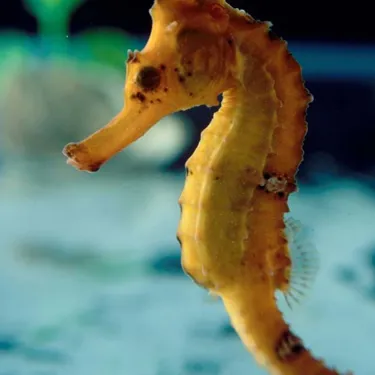
Home in the UK
There are two species of Seahorse that can be found in the waters around the UK and Ireland?
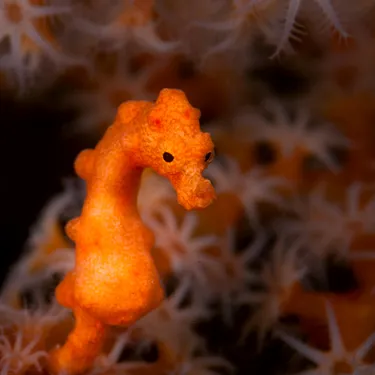
All over the world
You can find seahorses in oceans all over the world! There are over 40 species. Some live on coral reefs, others amongst mangrove roots and many live in seagrass meadows.
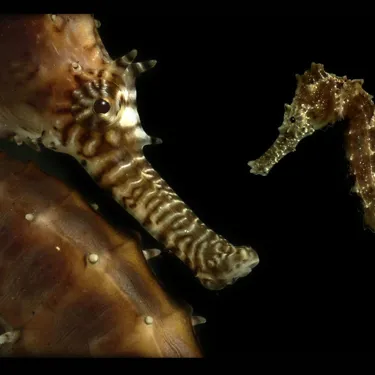
Monster?
Their Ancient Greek name is Hippocampus. It means ‘horse sea monster’. However, we don't think our seahorses are monsters at all!
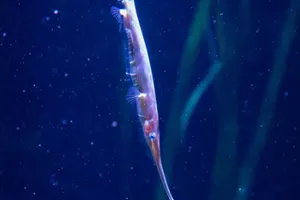
Razorfish
The Razorfish adopts a unique and easily identifiable position of head-down, tail-up that mimics the spines of sea urchins. Growing up to 15 centimetres long, they are typically found within coastal reefs in the Indo-Pacific region where sea urchins live. Razorfish have been observed to eat zooplankton as well as tiny crustaceans.

Saving an Endangered Species!
A world first conservation project to help an endangered species
To help declining populations of the White's Seahorse recover, our team over in SEA LIFE Sydney undertook a breeding program. Wild seahorses from Clifton Gardens were moved to the aquarium where they gave birth to hundreds of babies. These baby seahorses grew healthy and strong and in May 2020 they were released onto the Clifton Gardens swimming net and nearby seahorse hotels. The project is now on going, with the aim to help recover the local habitat and species in Australian waters.
Find out more
Fin-tastic Facts
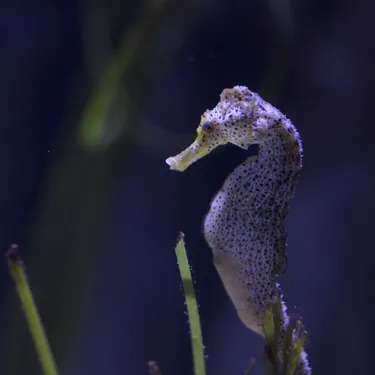
Go Dad
A male Seahorse has a brooding pouch on its belly into which a female can place her eggs. After a few weeks when the babies are ready, the male Seahorse gives birth.
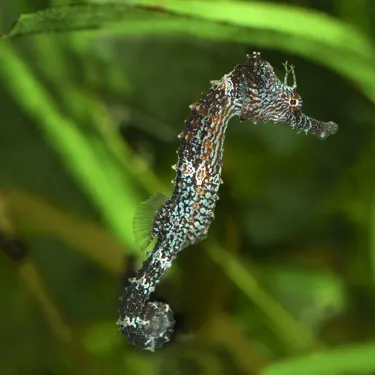
Camouflage time!
Seahorses rely on their camouflage for survival. They are masters of disguise and some species can even change their colours to hide!
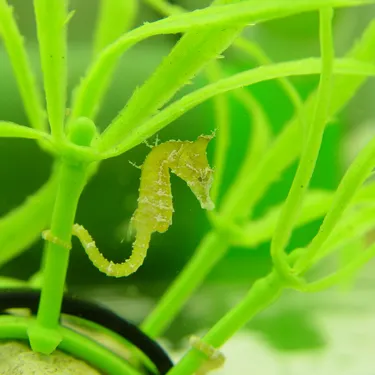
In danger
Unfortunately, seahorses are at risk of extinction due to the pollution and destruction of their habitat. Over 150 million seahorses are also killed every year to use in medicine.
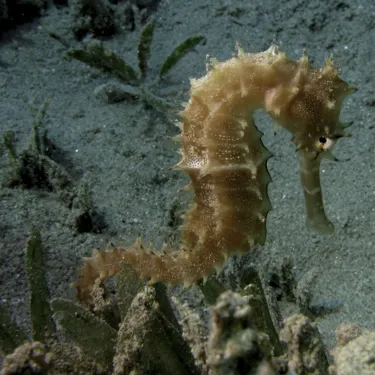
Babies
Baby seahorses are called 'fry'
Book below to guarantee entry
Online from
£31
Per adult
On the day
£39
Per adult
Animal Crossing Event Ends 27 July
- Entry at your chosen 15-minute time slot
- Discover species from around the world in 14 themed zones and interact with them at our public feeding, diving displays and touch pools
- Animal Crossing: New Horizons event is included with all SEA LIFE London entry tickets - just book any day from 30 June - 27 July
Online from
£36
Per adult
On the day
£44
Per adult
- Enjoy the freedom to arrive at any time on the day of your choice - no rush, just adventure at your own pace!
- Animal Crossing: New Horizons event is included with all SEA LIFE London entry tickets - just book any day from 30 June - 27 July
Online from
£32
Per adult
On the day
£43
Per adult
- Standard entry at your chosen time slot
- Includes an immersive VR experience: Dive into the ocean's depths with this cutting-edge virtual reality adventure